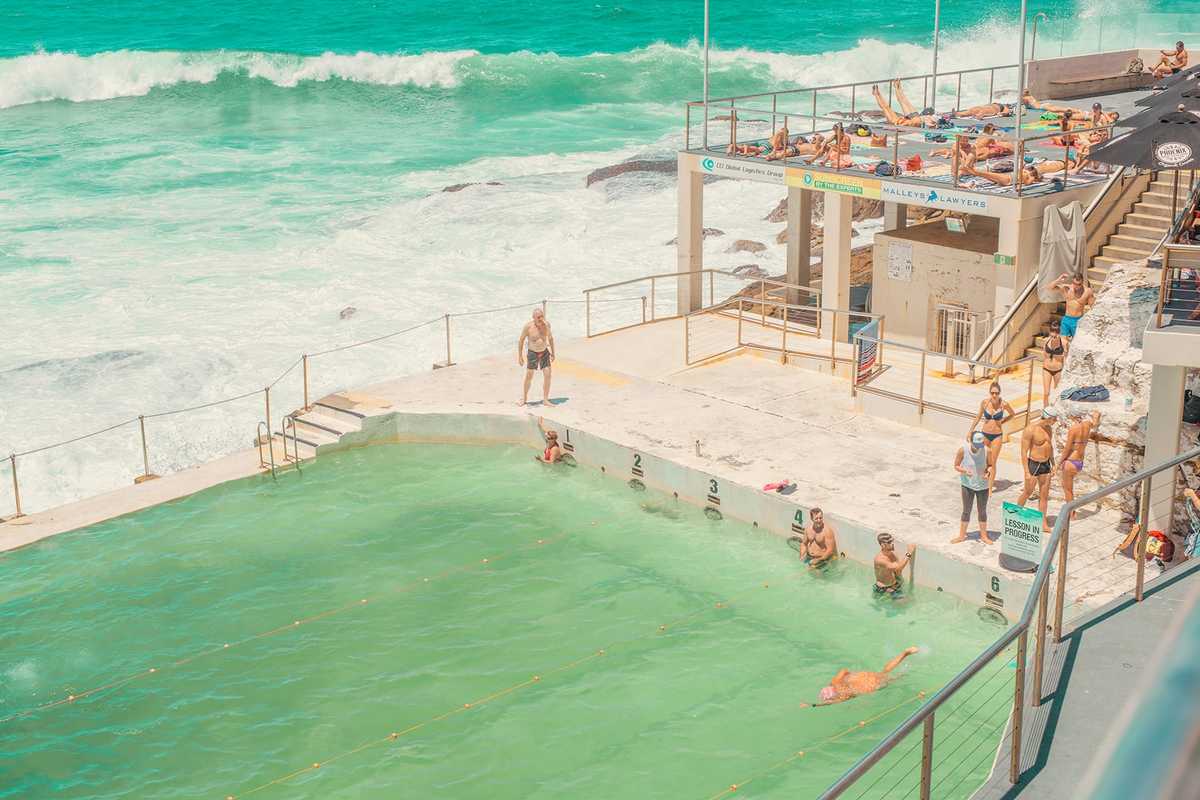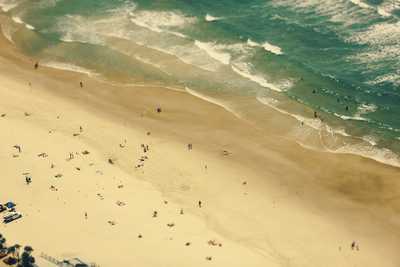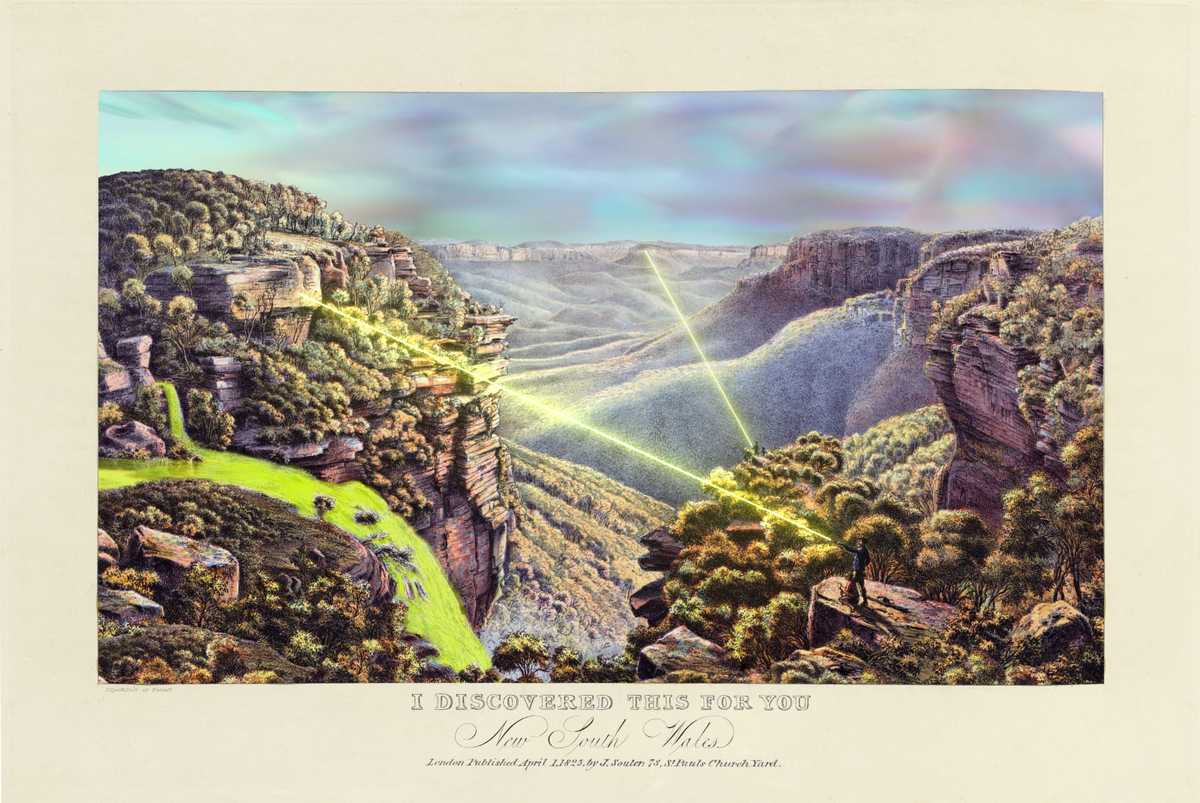In response, the Department of Premier and Cabinet’s State Planning Office said in the report that it had deemed the job numbers “reasonable” after using Microsoft’s Copilot AI assistant.
Jesus fucking christ.
In response, the Department of Premier and Cabinet’s State Planning Office said in the report that it had deemed the job numbers “reasonable” after using Microsoft’s Copilot AI assistant.
Jesus fucking christ.
On December 3, 1990, world-renowned professional skateboarder Tony Hawk dropped into a ramp on a skateboard in the suburb of Rosny in Hobart.
Hawk performed “pretty much” every trick possible on a vert ramp — a ramp with a flat bottom and steep vertical section at the top — in front of a captivated audience drawn from all over the state.
His presence, on one of a handful of public skate ramps in Tasmania at the time, was unbelievable.
It was his first and only visit to Tasmania.
After the girls discuss recent tech-art exhibitions they’ve seen in New York and London, Camila introduces Ana to some stories about the history of computer eduction in Australian schools. This months episode is a two-for-one! Firstly, we learn about a government plan to develop an especially Australian computer for use in schools with options for networking and for portable ‘laptop-style’ use. Then we hear about the rise and fall of the ‘Microbee’ computer—Australia’s first home-grown personal computer. This computer, which was designed and manufactured in Australia, controlled a large portion of the primary school computer market not just in Australia but also Scandinavia and Russia, winning contracts over Apple!
The discovery raises intriguing new questions about the role wildfires may play in spurring the growth of microscopic marine algae known as phytoplankton, which absorb large quantities of climate-warming carbon dioxide from Earth’s atmosphere through photosynthesis and are the foundation of the oceanic food web.
“Our results provide strong evidence that pyrogenic iron from wildfires can fertilize the oceans, potentially leading to a significant increase in carbon uptake by phytoplankton,” said Nicolas Cassar, professor of biogeochemistry at Duke’s Nicholas School of the Environment.
The algal blooms triggered by the Australian wildfires were so intense and extensive that the subsequent increase in photosynthesis may have temporarily offset a substantial fraction of the fires’ CO2 emissions, he said. But it’s still unclear how much of the carbon absorbed by that event, or by algal blooms triggered by other wildfires, remains safely stored away in the ocean and how much is released back into the atmosphere. Determining that is the next challenge, Cassar said.
Free download archival record label covering Hobart underground music & culture 1992-2002








